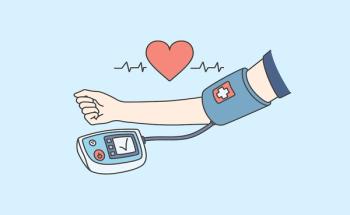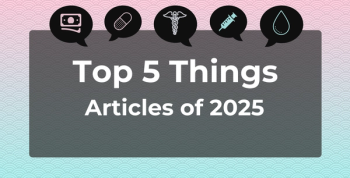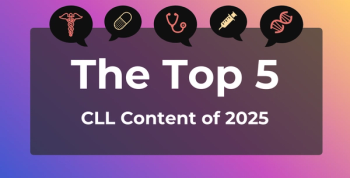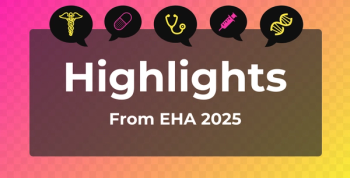
Minor Hallucinations Common, Impactful in Parkinson Disease
More than 1 in 3 patients with Parkinson disease were found to experience minor hallucinations, which were linked with worse quality of life and poor sleep outcomes.
Minor hallucinations were found to be the most common psychotic symptom in patients with
Although
In fact, findings of a recent
“Minor hallucinations deserve widespread attention because it is the most frequent and earliest type of psychotic phenomenon in PD and occurs even before the onset of motor symptoms,” said the researchers. “Minor hallucinations might also be an early predictor of a severe psychotic and cognitive state.”
Seeking to improve comprehension of the prevalence and clinical factors related to minor hallucinations in patients with PD, they derived demographic information from 262 patients with PD receiving care at the Brain Hospital of Nanjing Medical University between May 2019 and January 2021.
Participants answered a series of clinical assessment questionnaires, with results of the Movement Disorders Society Unified Parkinson’s Disease Rating Scale Part I leveraged to classify patients into eight strata:
- No hallucination
- Isolated minor hallucination
- Isolated major hallucination
- Isolated delusion
- The combination of these psychiatric symptoms
Among the study cohort, 102 (38.9%) patients with PD experienced minor hallucinations, including 74 patients with isolated minor hallucinations (28.2%) and 28 patients with combined minor hallucinations (10.7%). Moreover, 14 patients and 1 patients reported incidence of isolated major hallucinations and delusions, respectively, and up to 32 (12.2%) patients had more than one kind of psychiatric symptoms. No hallucinations or delusions were reported by 141 patients.
Of the 74 patients with isolated minor hallucinations, the most common were visual illusion (48.4%), which included object misidentification (19.7%), pareidolias (13.9%), and kineptosia (14.8%).
Compared with patients with PD who reported no hallucinations, those with minor hallucinations were significantly associated with longer disease duration (P = .011), different daily levodopa equivalent dose (P = .038), and higher percentage of levodopa (P = .013) and dopamine-receptor agonist use (P = .042).
After accounting for confounding variables, patients with minor hallucinations were shown to have worse QOL and more severe nonmotor symptoms, including poor sleep quality (P < .001) and rapid eye movement sleep behavior disorder (RBD; P = .001), compared with those who did not have minor hallucinations.
Findings of an additional binary logistic regression model confirmed the associations between incidence of minor hallucinations and RBD, sleep quality, and health-related QOL.
In concluding, the study authors said that future studies on minor hallucinations need to confirm and expand the related clinical factors, which will offer strategies to improve the QOL of patients with PD.
Reference
Zhong M, Gu R, Zhu S, et al. Prevalence and risk factors for minor hallucinations in patients with Parkinson’s disease. Behav Neurol. Published online October 4, 2021. doi:10.1155/2021/3469706
Newsletter
Stay ahead of policy, cost, and value—subscribe to AJMC for expert insights at the intersection of clinical care and health economics.







































